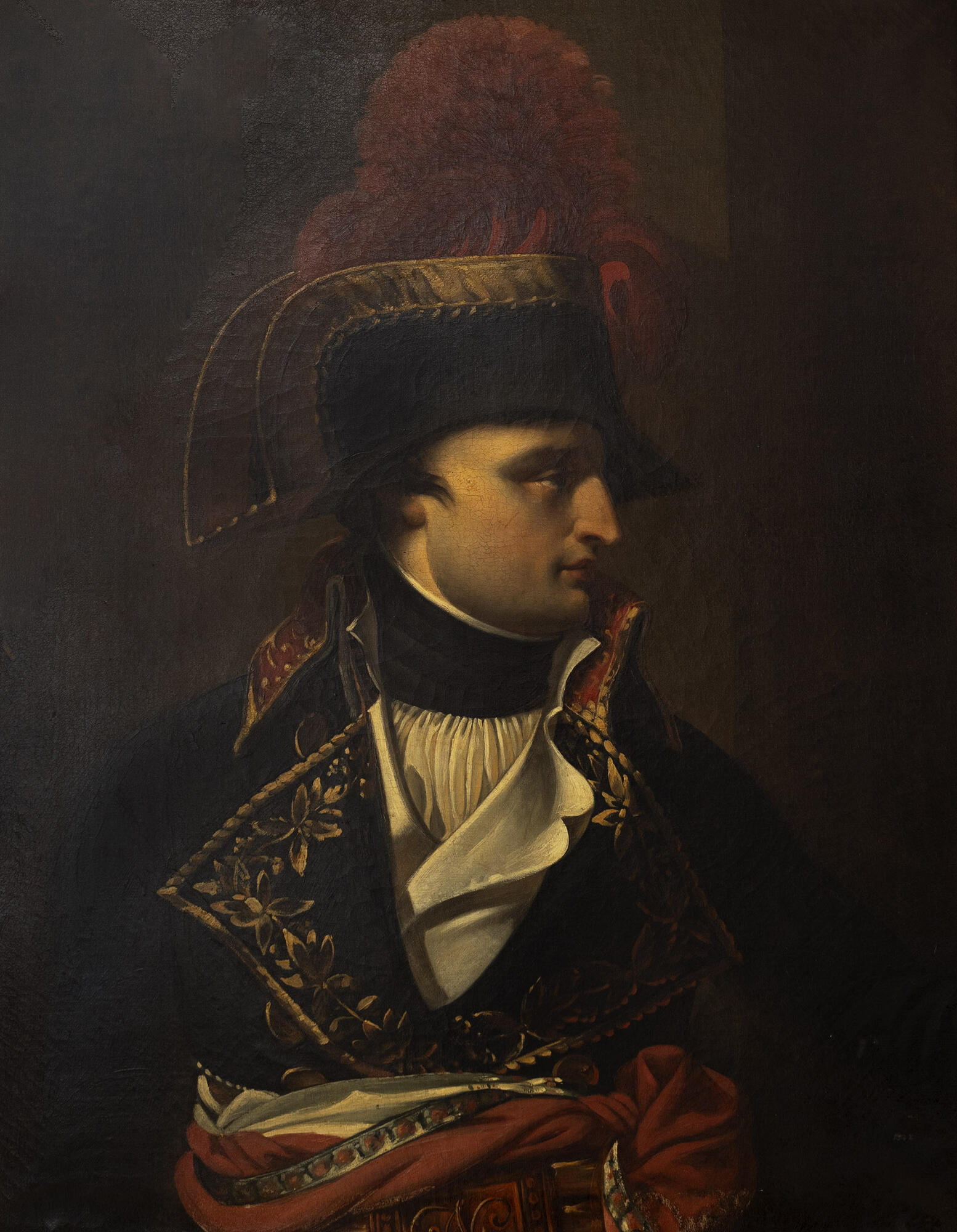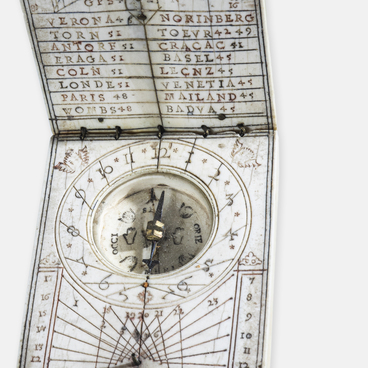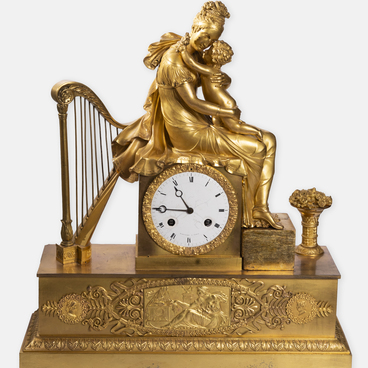Napoleon I, or Napoleon Bonaparte (August 15, 1769, Ajaccio, Corsica — May 5, 1821, Saint Helena) was a military commander, emperor of the French, King of Italy, protector of the Confederation of the Rhine, and Mediator of the Swiss Confederation. He came from a noble family; his father was a lawyer, Carlo Buonaparte.
Napoleon graduated from a military school in Brienne in 1784 and a military school in Paris. From 1785 he served in the rank of second lieutenant of artillery, and welcomed the Revolution of 1789. He was promoted to brigadier general for distinction during the liberation of Toulon occupied by the British in 1793. Napoleon suppressed the royalist protests in Paris and received the rank of divisional general. In 1796, he became commander-in-chief of the French army, which fought in Italy.
Napoleon Bonaparte defeated the Austrian troops four times, which led to the collapse of the First of the seven anti-French coalitions. In the spring of 1798, he undertook an expedition to conquer Egypt, but when he learned about the defeats of the French armies in Europe, he returned to Paris.
The portrait of Napoleon Bonaparte in the uniform of a general of the French Revolutionary Army displayed in the museum was painted by an unknown artist in the second half of the 19th century. The work is a reproduction of a fragment of a painting by Antoine-Jean Gros “Bonaparte Visiting the Plague Victims of Jaffa” created in 1804. The original canvas is kept at the Louvre Museum.
Antoine-Jean Gros created a large, multi-figure canvas in the academic tradition. He depicted the legendary episode of the Egyptian Campaign, when the future emperor allegedly came to a monastery on May 11, 1799, which, after a plague outbreak, was turned into a hospital for soldiers of his army.
This episode was later used in official propaganda as a symbol of personal bravery of the French emperor. It is also interesting that Gros’s painting is one of the few images that depict Napoleon in a hat with a tall hackle. The French emperor usually preferred the famous cocked hats. Shortly after he completed this work, Antoine-Jean Gros became a private portrait painter of the imperial family.
The copyist reproduced a fragment of the painting with the upper part of the figure of Bonaparte, including the column in the background, but cut off his hands. Thus, the meaning of his pose in the original Gros’s composition — where his left hand boldly touches a soldier stricken with the plague — is lost in this painting. The reproduction became a standard profile portrait of Napoleon.


